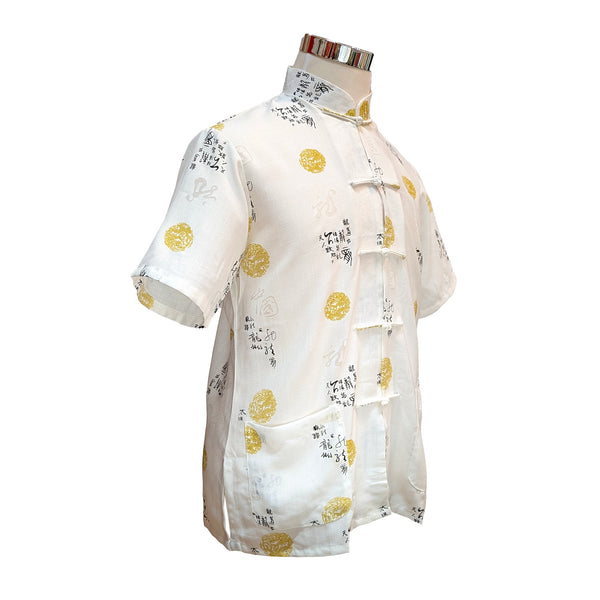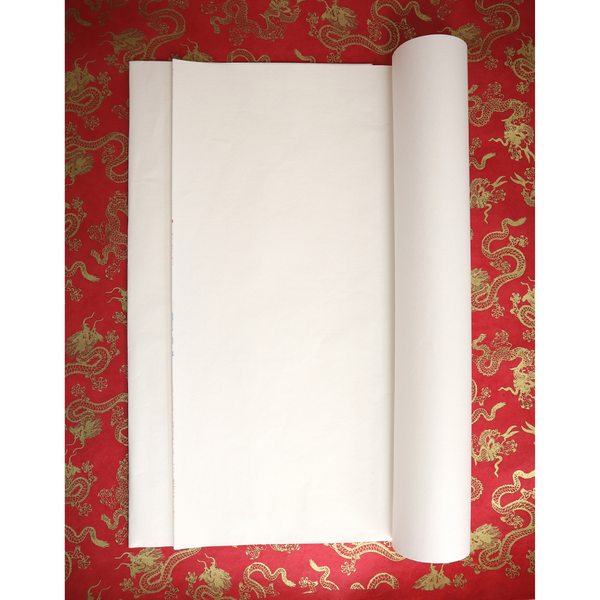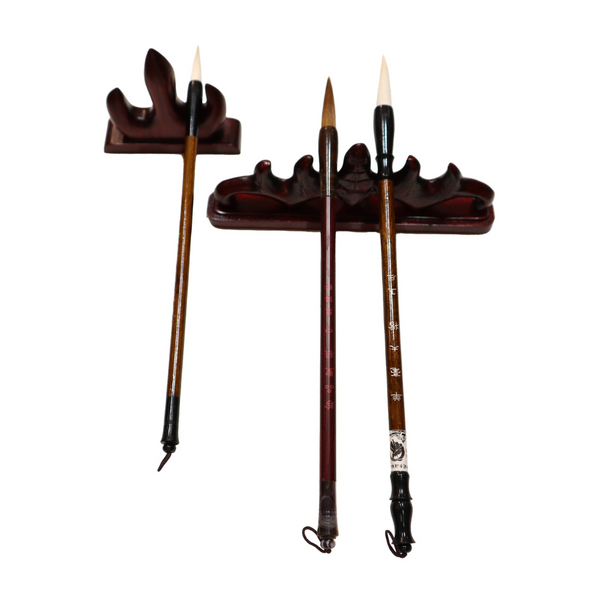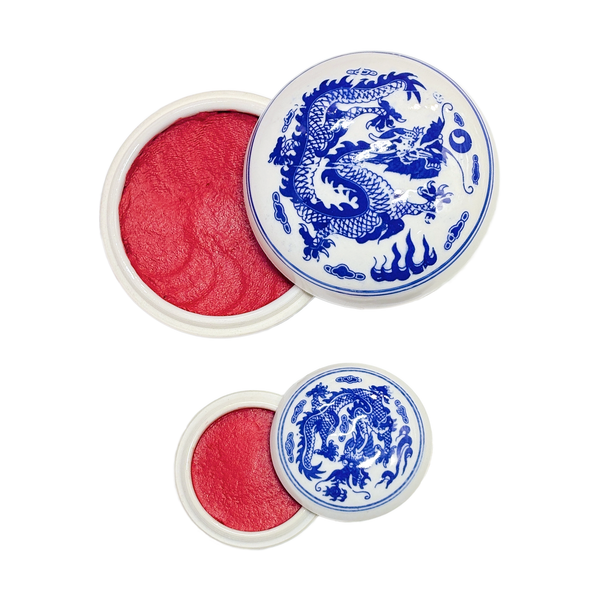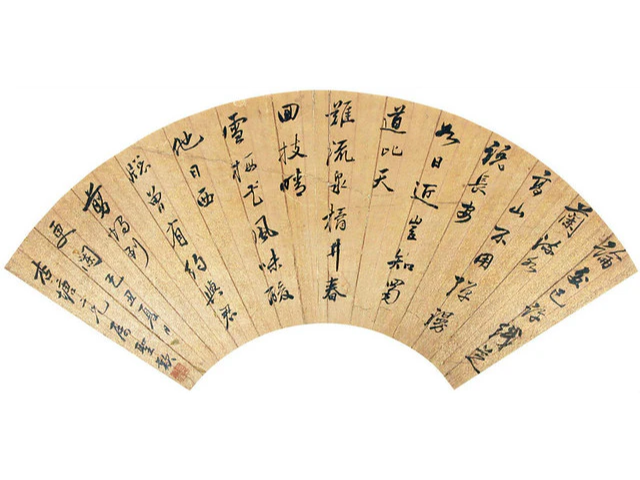
The Ancient Art of Chinese Calligraphy: Four Treasured Tidbits
You might think of Chinese calligraphy as synonymous with writing Chinese characters. However, that would be like equating a doodle with a Degas. Shufa (書法) in Mandarin, calligraphy has long been viewed as the supreme visual art form, held above even painting or sculpture. But how did it originate and what makes it so special? Here are four treasured pieces of knowledge about this ancient practice.
The earliest evidence was found on soothsaying bones
It’s believed that calligraphy was invented during the Shang dynasty (1700–1100 BCE). This ancient dynasty also first saw the first use of chopsticks, weapons made of bronze, and oracle bones to tell the future.

Photo by BabelStone (CC BY-SA 3.0)
It was on these oracle bones that calligraphy was discovered. The emperors would have a question carved onto the bones (usually that of animals), through which they believed it would reach their ancestors who would provide answers to their questions. However, whether or not the answers were right is up for debate.
There are five major calligraphy scripts
After oracle bone script, five major calligraphy scripts would develop. The first was seal script, often seen in chop marks. This came about during the Eastern Zhou dynasty (770–256 BCE) and nowadays is used primarily on chops as a kind of signature.

Example of seal script
The script is carved onto seals made of stone, metal, wood, bamboo, plastic, or ivory, and pressed into red ink or cinnabar paste.
Next is clerical script, which was dominant during the Han dynasty (206 BC–220 AD) —

Example of clerical script
— while the last three are semi-cursive, cursive, and regular or standard. Semi-cursive is derived from clerical script and similar to regular or standard, and therefore easier to read.

Example of semi-cursive script
Cursive is arguably the most difficult to read. A kind of shorthand, it began as a faster way to write clerical script.

Example of cursive script
Regular or standard script is the newest and easiest to read.

Example of regular or standard script
Each character is made up of the Seven Mysteries
In Chinese calligraphy there are seven basic strokes, which are referred to the Seven Mysteries. The name seems to come from a book written by renowned ninth-century calligrapher and art historian Zhang Yanyuan. He also describes each stroke very poetically:
- Horizontal line — Clouds stretching a thousand miles
- Dot — A rock falling from a high peak
- Downward sweep — Clean-cut like a rhinoceros horn or elephant tusk
- Downward hook — A shot from a crossbow
- Vertical line — An old vine ten thousand years of age
- Downward slash — Breaking waves and a rumbling thunder
- Angled curve — Sinews and joints of a strong crossbow
Master all of these and you can probably call yourself a calligraphy expert!
You’ll need a very particular set of tools
Four items are needed for Chinese calligraphy: paper, a brush, ink, and an inkstone.

Photo by Joe Mabel (CC BY-SA 3.0)
These are the Four Treasures of the Study. They might also be called the Four Jewels of the Study or Four Friends of the Study. Other “treasures” include a brush holder, brush hanger, paperweights, brush-rinsing pot, a seal, and seal ink.
Ready to try your hand at calligraphy? Check out our collection of calligraphy items. Or if just the design is more your style, you might like these comfy linen slippers, cotton robe, or silk scrolls. You can also learn about other Asian art forms in these posts on origami, origata, and Peking Opera.

